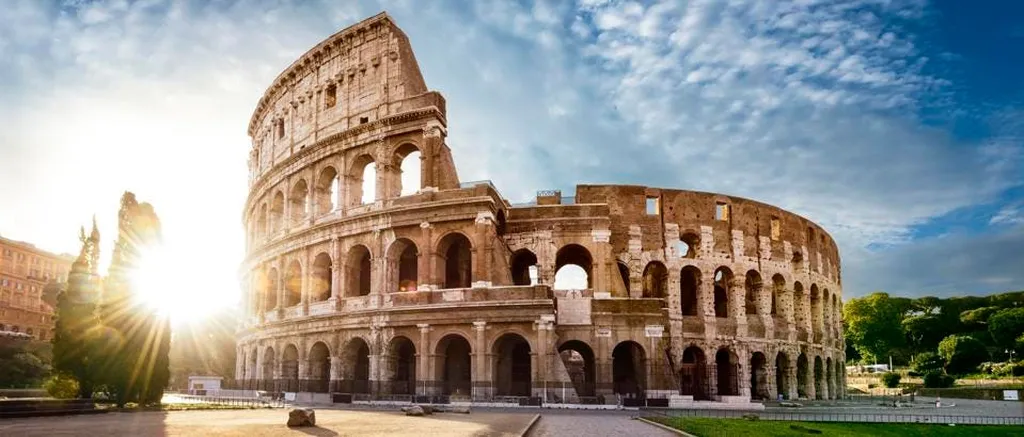In the sun-drenched region of Puglia, Southern Italy, a story of water, stone, and human ingenuity is unfolding, one that could reshape our understanding of local water resources and geoheritage. At the heart of this narrative is the Mascheroni Fountain, a historical marvel nestled in the rupestrian town of Laterza, and the ancient qanat that feeds it. This fascinating intersection of cultural heritage and geology is the focus of a recent study published in the journal *Geosciences*, led by Filippo Bellini of the University of Bari Aldo Moro.
The Mascheroni Fountain, known locally as the Great Masks Fountain, is more than just a relic of the past; it’s a testament to the resourcefulness of ancient communities in a landscape where surface water is scarce. “This fountain is a symbol of how our ancestors adapted to their environment,” Bellini explains. “They carved their homes into the soft rock of the Gravina di Laterza and developed sophisticated water management systems to sustain their settlements.”
The study highlights the importance of the local aquifer that feeds the fountain through a short qanat, an underground channel that taps into groundwater sources. This system, largely overlooked in modern times, represents a valuable local water resource that could inform sustainable water management practices in the predominantly karst territory of the Murge area.
The implications for the energy and water sectors are significant. As regions worldwide grapple with water scarcity and the need for sustainable resources, the lessons from Laterza offer a blueprint for integrating ancient wisdom with modern technology. “By understanding and preserving these historical water systems, we can develop more resilient and sustainable water management strategies,” Bellini notes. This could lead to innovative solutions for water supply, particularly in areas with limited surface water resources.
Moreover, the study underscores the potential for geoheritage to drive geotourism, a growing sector that combines education with sustainable travel. The town of Laterza, straddling the UNESCO Murge Geopark and the “Terra delle Gravine” Regional Park, is poised to become a hub for geotourism, attracting visitors eager to explore the intersection of geology, history, and culture.
The research also opens avenues for further exploration in hydrostratigraphy, the study of the distribution of water in geological formations. By mapping and understanding these ancient water systems, scientists can gain insights into the hydrogeological dynamics of karst landscapes, paving the way for more effective water resource management.
As the world seeks to balance development with sustainability, the story of the Mascheroni Fountain and its qanat serves as a reminder of the enduring value of our geological and cultural heritage. By embracing these lessons, the energy and water sectors can forge a path towards a more sustainable future, one that honors the past while innovating for the future.

